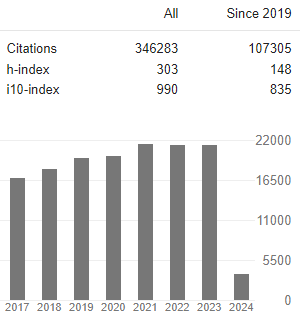Exploding AI-Generated Deep fakes and Misinformation: A Threat to Global Concern in the 21st Century
Abstract
Pawan Singh and Bharat Dhiman
Deep fakes the term was coined in 2018 by a Reddit user who created a Reddit forum dedicated to the creation and use of deep learning software for synthetically face swapping female celebrities into pornographic videos. According to Sumsub's research in 2023, the top-5 identity fraud types in 2023 are AI-powered fraud, money muling networks, fake IDs, account takeovers, and forced verification. The country most attacked by deep fakes is Spain; the most forged document worldwide is the UAE passport, whereas Latin America is the region where fraud has increased in every country. On November 24, 2023, the Union Government of India issued an advisory to social media intermediaries to identify misinformation and deep fakes. A deep fake refers to a specific kind of synthetic media where a person in an image or video is swapped with another person's likeness. AI-generated deep fakes have emerged as a complex and pervasive challenge in today's digital landscape, enabling the creation of remarkably convincing yet falsified multimedia content. This review paper examines the multifaceted landscape of deep fakes, encompassing their technological underpinnings, societal implications, detection methodologies, and ethical considerations. The review aggregates and synthesizes a broad array of scholarly articles, studies, and reports to elucidate the diverse typologies of deep fakes, including face-swapping, voice cloning, and synthetic media, while delineating the intricate methodologies employed in their fabrication. This review culminates in an overview of future directions and recommendations, advocating for proactive measures to counter the escalating threat posed by AI-generated deep fakes.



